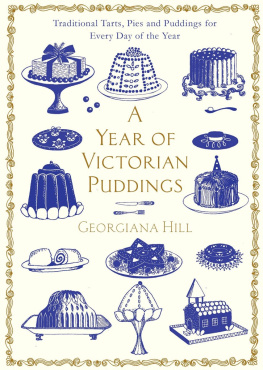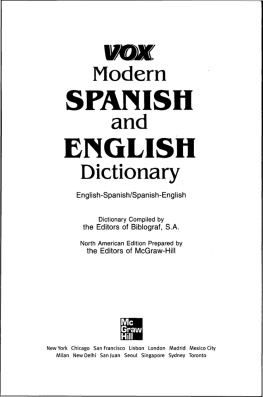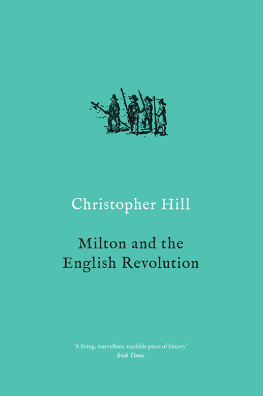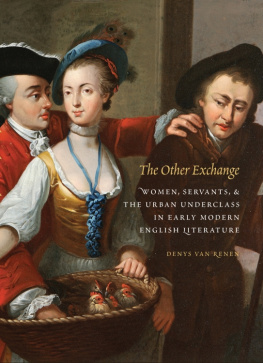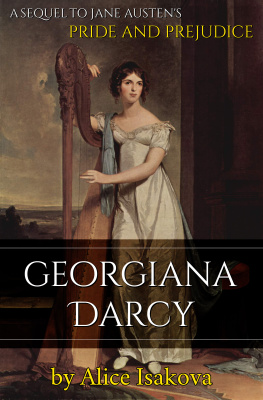INTRODUCTION.
The object aimed at in the following pages is to show the place that women have held in our national life, from the days when what we call the Saxon race was dominant in England, down to the present time. For this purpose those phases of our social history have been dwelt upon which display most clearly the changes that have taken place in the position of women, and the influence of great forces like the Church and Feudalism. Names have been used as illustrations, and not with any intention of adding to biographical literature. Instances that are the most striking individually do not always serve best as examples. For this reason many familiar historical scenes and figures have been omitted. The continuity of a general record would be broken by divergence into episodes interesting on account of their exceptional character. Prominence has been given to domestic life, as that concerns the larger number, and to those aspects of the case which have not been summed up in the numerous accounts of noteworthy women.
In literature and art, which have their own special histories, where the part that women have played is recounted at length, only a few general points have been noted in order to show how women have stood in relation to letters and art in successive periods. The subjects themselves are treated as stages marking social advance, not discussed in the light of their intrinsic interest and attractiveness.
A consideration of the position of women in England leads, naturally, to the subject of their position in Europe generally, for the main influences which have affected women in this country are the same as those that have operated on the Continent, although the result has taken different forms in accordance with the idiosyncracies of each nation. It is unnecessary to discuss the condition of women in the Eastern parts, for while Western Europe has been changing and progressing with ever-increasing rapidity during the last ten centuries, Eastern Europeas far as social life is concernedremained for a long period in an almost stationary state. In character it was Asiatic, though during the last three hundred years it has succumbed more to the influences of its geographical position.
In the Middle Ages the conditions of life in Western Europe were pretty uniform. There was hardly any education in the sense of book-learning, except among religious communities. Locomotion was difficult and dangerous, so that there was but scanty intercourse between the inhabitants of different parts of the same country. Fighting was the chief business of men, and manual work, skilled and unskilled, occupied women of all ranks.
In an age when war was so frequent, the civil duties of life were left to women, who fulfilled obligations that in more peaceful times fell to the lot of men. They not only had entire charge of the household, but shared largely in the operations of the field and the farm; they were the spinners, the weavers, the brewsters, and the bakers. They frequently controlled the management of estates, and occasionally held public offices of trust and importance. There were no laws to prevent women from filling such positions, and the fittest came to the front unhampered by conventionality or arbitrary restrictions. But although women appear to have had a wider field of activity than they afterwards enjoyed, when social life became more complex, there was a counteracting influence which told against the development and free exercise of their energies. This was the influence of the Church.
It was the policy of the Church to keep women in a subordinate position. As long as they remained thoroughly convinced of their natural inferiority, and of the duty of subservience, they could be reckoned upon as valuable aids to the building up of the ecclesiastical power. The immense force of the religious and devotional spirit in woman was at the absolute disposal of her spiritual directors. At a time when there was no science, no art, and, for the majority, no literature, the power of the Church was incomparably greater than anything we can conceive of now.
The Church did not find it difficult to persuade women to accept the limits marked out for them. There was no public sentiment to set off against the power of the priest. Society was ruled by physical force; the law was weak, and the Church was womens shelter from the rudeness of an age when those who should have protected the defenceless were themselves the greatest offenders.
In order to enforce the doctrine of inferiority, the Church went further, and proclaimed that there was in woman a wickedness additional to the sin common to humanity. The eternal feminine was held before mens eyes as a temptation to be warred against. To fly from the presence of woman was to resist evil. Celibacy was a saintly virtue, and family life a thing to be tolerated rather than approved. In the words of St. Chrysostom, woman was a necessary evil, a natural temptation, a desirable calamity, a domestic peril, a deadly fascination, and a painted ill. The influence of the Fathers was not confined to their own age; their writings continued to affect the whole teaching of the Church, Anglican as well as Roman, which has always been in favour of the subordination of woman. She has been assigned a lower place in religious exercises, and has been excluded from the priestly office.
In successive periods of history the Church was largely responsible for the terrible persecutions inflicted upon womenand chiefly upon the poorest and most helplesson the ground of witchcraft. Once having disseminated the theory of womans inherent vice, it was only a natural corollary to impute to her both the desire and the power of working extraordinary mischief. The doctrine suited ages which believed not only in an embodied and omnipresent Power of Evil, but also in countless and multiform expressions of that power through natural objects and phenomena.
The Feudal System, which prevailed in England up to the middle of the fifteenth century, and in France up to a much later period, had a repressive effect on women of the lower classes, though for women in the upper ranks it presented certain advantages. The women of the families of tenants on a feudal estate were regarded as chattels which went with the land. They were bound to the soil, and were fined if they either accepted work or married outside the lords domain.
The age of chivalry had a twofold effect on the position of women. It created an ideal of womanhood which stirred the imagination and the poetic fancy. Chivalry had its sublime side. It was a protest against tyranny and vice; it inspired men to heroic deeds; it gave them a loftier conception of duty. It was the revulsion of noble minds from the coarseness, the unpitying indifference to wrong, and contempt for weakness, which characterized the Middle Ages. Like a new gospel, chivalry dawned upon a world in which the virtues of Paganism had declined, while its vices still triumphed.



